Review: HTC One for Verizon Wireless
Screen
The One offers what has become the standard screen for flagship smartphones. The Super LCD 3 panel measures 5 inches across the diagonal and includes 1920 x 1080 pixels. Such screens offer a relatively good balance between real estate and usability, though I still found it hard to reach the far upper corner of the display with my thumb. How does it look? Luscious. It is incredibly sharp and very bright. Colors are rich and accurate. There's no color change when the phone is tilted side-to-side, but there is a wee bit of brightness drop off. It's nothing to get upset about, though. I found the One to be easy to use indoors and out, and had no trouble using it to take pictures outdoors on a sunny weekend afternoon. It competes well with similar panels from Samsung and LG.
Signal
The Verizon variant of the One performed really well on Big Red's network both in NJ and NYC. The phone remained connected to Verizon's network throughout the review period and never lost touch with the signal. Most of the time the signal indicator showed three or four bars of LTE 4G. The One did not drop down to EVDO 3G at all during our tests. The One connected calls on the first dial and didn't drop any nor miss any. Data speeds were quite quick, even in NYC's bustling Times Square where local cell sites are likely carrying a heavy load. I have absolutely no complaints about the One's data performance, even in areas where the signal was weak.
Sound
The One has next-generation BoomSound speakers on board, and they sound great. The speakers have a more powerful amplifier and HTC claims the speakers are 25% louder than last year's. While we can't prove that claim, we can say the BoomSound speakers are incredibly loud for a cell phone. You can easily fill a small room with plenty of sound - whether that sound is your boss on a conference call or your favorite Pandora radio station. Regular phone calls are sent to just one of the two speakers. Calls are plenty loud and audible with the volume set between 40% and 60%. If you put it up much more than that and press the One to your ear, you might be in danger of damaging your hearing. The quality of calls was disappointing. Where the AT&T One offered mixed voice quality (some good, some bad), the Verizon model offers mostly bad voice quality. You can certainly hear the conversations, but voices often sounded garbled coming through the earpiece. The One was prone to interference, and I experienced the garbled calls in several different regions (meaning it wasn't a problem with the tower). Calls sounded slightly clearer to me when directed to the speakerphone. People with whom I spoke through the One said I sounded very good.
Music - even stuff that's somewhat bass heavy - sounds great when pumping through the BoomSound speakers. The HTC One produces alarmingly loud ringtones and alerts. If you crank the ringtone volume, you won't miss them even if you're several rooms away. Seriously, I'm surprised my neighbors haven't filed any noise complaints yet. The vibrate alert is pretty good, but I'd prefer if it were a bit stronger.
Battery
HTC is making some bold claims with respect to battery life. According to HTC, the enclosed and sealed battery is 40% bigger than last year's. The phone takes advantage of a more efficient processor as well as tweaked software to provide a full day of heavy-duty use. As with the AT&T model, the Verizon model delivered very good battery life. I tested the two side-by-side with the same apps/services running and they delivered approximately the same battery life. In other words, I didn't have any trouble getting through an entire day with the One, despite heavy use. I did discover, however, that if there's one activity that really drains the battery, it's taking pictures and shooting video (see usage charge below). It drops noticeably when shooting video.
Last year's One had a power saver mode that was quite effective at extending the life of the device. It turns off a bank of processors and a few other background sync items and really lets you extend the usable life of the phone. The new One still has this function, but HTC one-upped last year's device with an additional extreme power saving mode. This mode kicks in when the phone hits 5% battery life (or 20% or 10%, if you wish). It turns off almost all services except for text messages, phone calls, and manual email refresh. It even goes so far as to simplify the user interface for this low-power mode. According to HTC, this mode will let people send messages, make calls, and read their email for another 15 hours. Fifteen. In other words, you can still do the basics for the rest of the day even when there's next to nothing left in the battery.
It's quite safe to say that most users will get a full day of usable battery life out of the HTC One, and the power saving modes mean you can, theoretically, go a few days in between charges if that's how things shake out.
A few words about charging. The One supports Qualcomm's Quick Charge 2.0 spec, which charges phones to full capacity quicker than they might otherwise charge. HTC said that the in-box charger supports the Quick Charge 1.0 spec, but it will offer an optional charger that supports Quick Charge 2.0 later this year. According to Qualcomm, Quick Charge 1.0 lets devices charge 40% faster, while Quick Charge 2.0 lets devices charge 75% faster.
Last, due to its metallic design, the One does not support wireless charging without a special cover accessory.


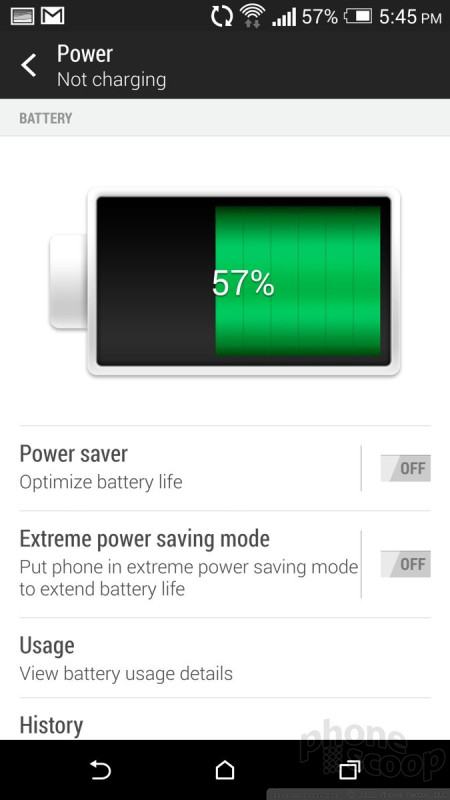





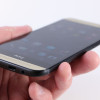 Review: HTC One for Sprint (Harman Kardon Edition)
Review: HTC One for Sprint (Harman Kardon Edition)
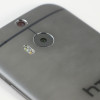 Review: HTC One
Review: HTC One
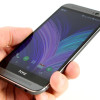 Hands-On: HTC One
Hands-On: HTC One
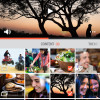 HTC One Owners Can Now Share Duo Cam Shots Via Gallery App
HTC One Owners Can Now Share Duo Cam Shots Via Gallery App
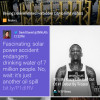 HTC to Offer BlinkFeed and Zoe Apps to Other Phones
HTC to Offer BlinkFeed and Zoe Apps to Other Phones
 HTC One (M8) (CDMA)
HTC One (M8) (CDMA)




